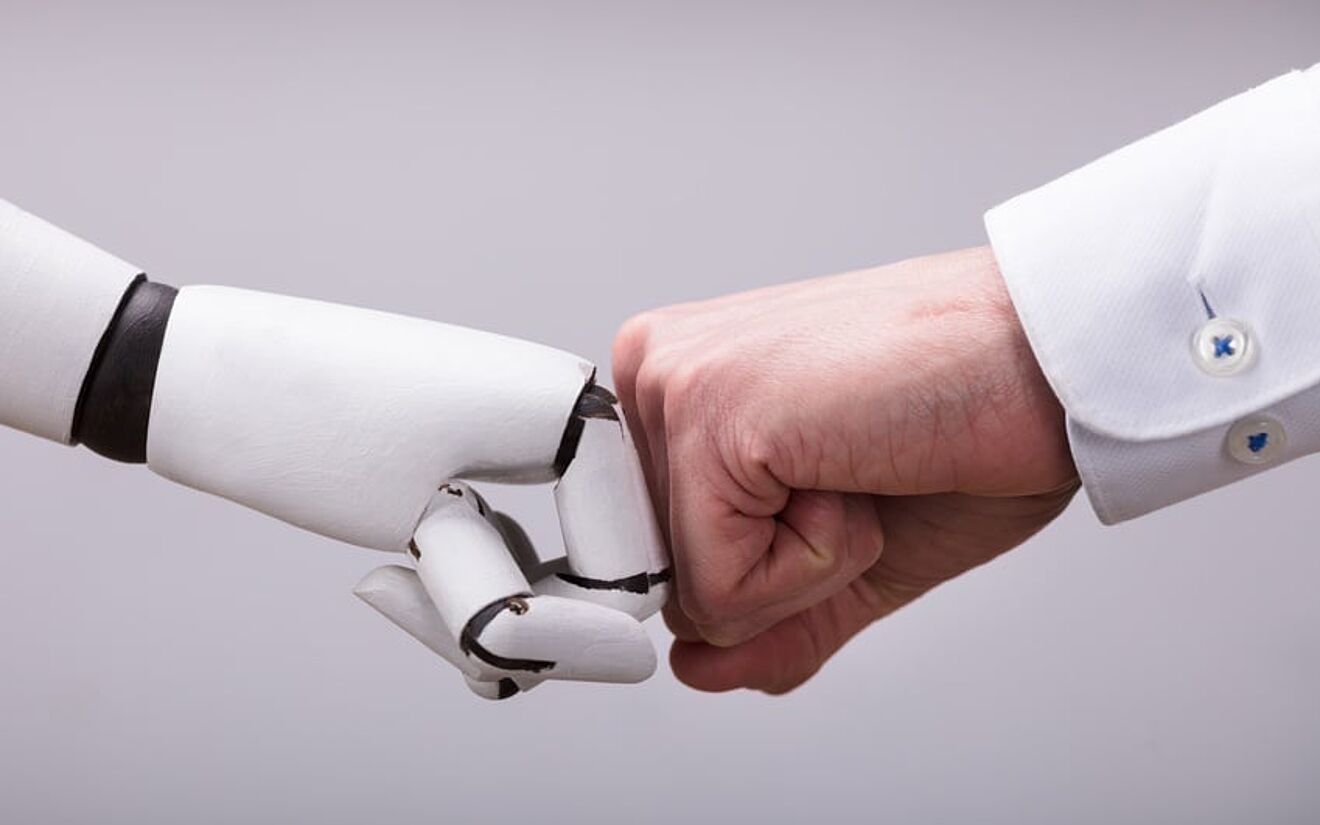The Predictive Corrosion Research That Could Change Material Design
For decades, robots have been producing large parts of our cars, computers, mobile phones and all sorts of other devices and utensils. But why don't the perfectly working robots also build our houses? The answer: On the one hand they are already doing this and on the other hand the development of intelligent robots involved in the construction is in full swing. Will automatic machines even dominate construction sites in the future? A look at research reveals above all that they will change construction itself.

As a rule, every construction project begins with excavators. Most of the fundamentally important machines are still operated by hand. For some years now, however, there have been 3D excavator controls that use GPS and a digital terrain model to show the excavator driver the nominal and actual condition of his machine and, if necessary, warn him if the terrain or digging depth is exceeded. In addition to 3D control, there is now an autopilot function that automatically controls the bucket and boom, for example, when creating the fine subgrade. This is intended to increase efficiency by between 30 and 45 percent.
IOSB.BoB: The excavator without operator
However, this computer-aided excavation is still nothing against the IOSB.BoB of the Fraunhofer Institute for Optronics, System Technology and Image Evaluation in Karlsruhe. "BoB" stands for an "excavator without operator". The machine presented at Cebit 2017 collects data about its environment via sensors and is able to move autonomously in confusing terrain using algorithms for localization, mapping, obstacle detection and motion planning. The main field of application of this probably world's smartest excavator, however, should - at least for the time being - not be in construction, but in the salvage and disposal of hazardous materials, without people having to put themselves in danger.
SAM100: The fastest bricklayer in the world
The SAM100, short for "semi-automated mason" and already available on the open market, is a true master of the art of bricklaying. The Construction Robotics robot, which costs around 500,000 US dollars, processes up to 3,000 bricks a day - six times as much as a human colleague. The brave bricklayer uses rails to move along a lifting platform. He uses a laser to detect spatial changes, such as wind or the movement of construction workers, and can thus correct them. Unlike human masons, SAM applies the mortar directly to the bricks and always uses the same amount. The wall data is supplied by simple CAD software.
DFAB House: Everything from robot hand
While the SAM100 already relieves bricklayers on everyday construction sites, researchers at ETH Zurich are working on having a complete three-storey house built by robots in Dübendorf. In the DFAB House, various newly developed technologies in the field of digital construction are united under one roof for the first time - a "roof" which the machines themselves design, plan and build. In this way, not only the advantages of each individual new method, but also their synergies are to be harnessed.
One part of the concentrated technology ensemble is the In situ Fabricator, a robot sitting on a caterpillar that is able to produce double-curved shapes from a steel mesh. This is then filled with a special concrete mixture, which remains stuck in the grid without escaping. As soon as the concrete has dried, a load-bearing wall is created, which in turn supports the statically optimized, 3D-printed lightweight concrete ceiling of the ground floor.
The two upper floors are prefabricated from wood by two robots in the laboratory. The special thing about this is that individually shaped rooms are built at the speed of industrial production. The robots cut the individual parts to size and bring them into the correct position so that they can be screwed together by hand.
Building will be different.
The DFAB House at ETH Zurich as part of the National Center of Competence in Research (NCCR) Digital Fabrication is unique in its complex interaction of different robot technologies. However, there are also other institutions and research programmes that research new robot-based production methods, such as the University of Stuttgart with its annual experimental research pavilions or MIT's Mediated Matter Group. It becomes clear that robots on buildings not only mean fast and precise work, but will probably also lead to new forms of construction and architecture.
FIBERBOTS from Mediated Matter Group on Vimeo.
With their special capabilities, robots will become a parameter of their own in the design algorithm. It is perhaps no coincidence that Zaha Hadid Architects, the pioneers of parametrism, will soon be building a school in China with the support of robots. It will probably be a while before the machines completely conquer the construction sites. But they are becoming more and more.




